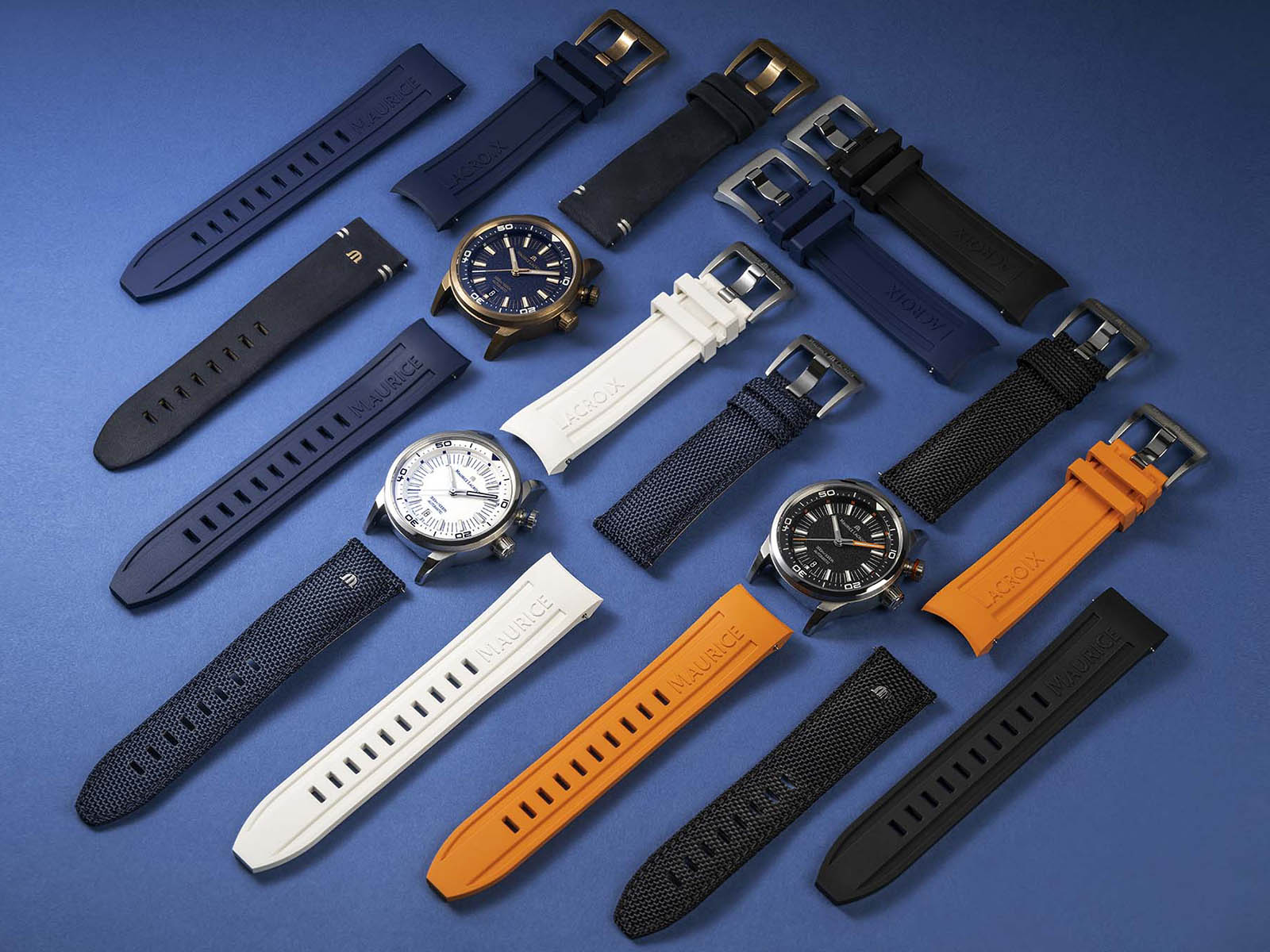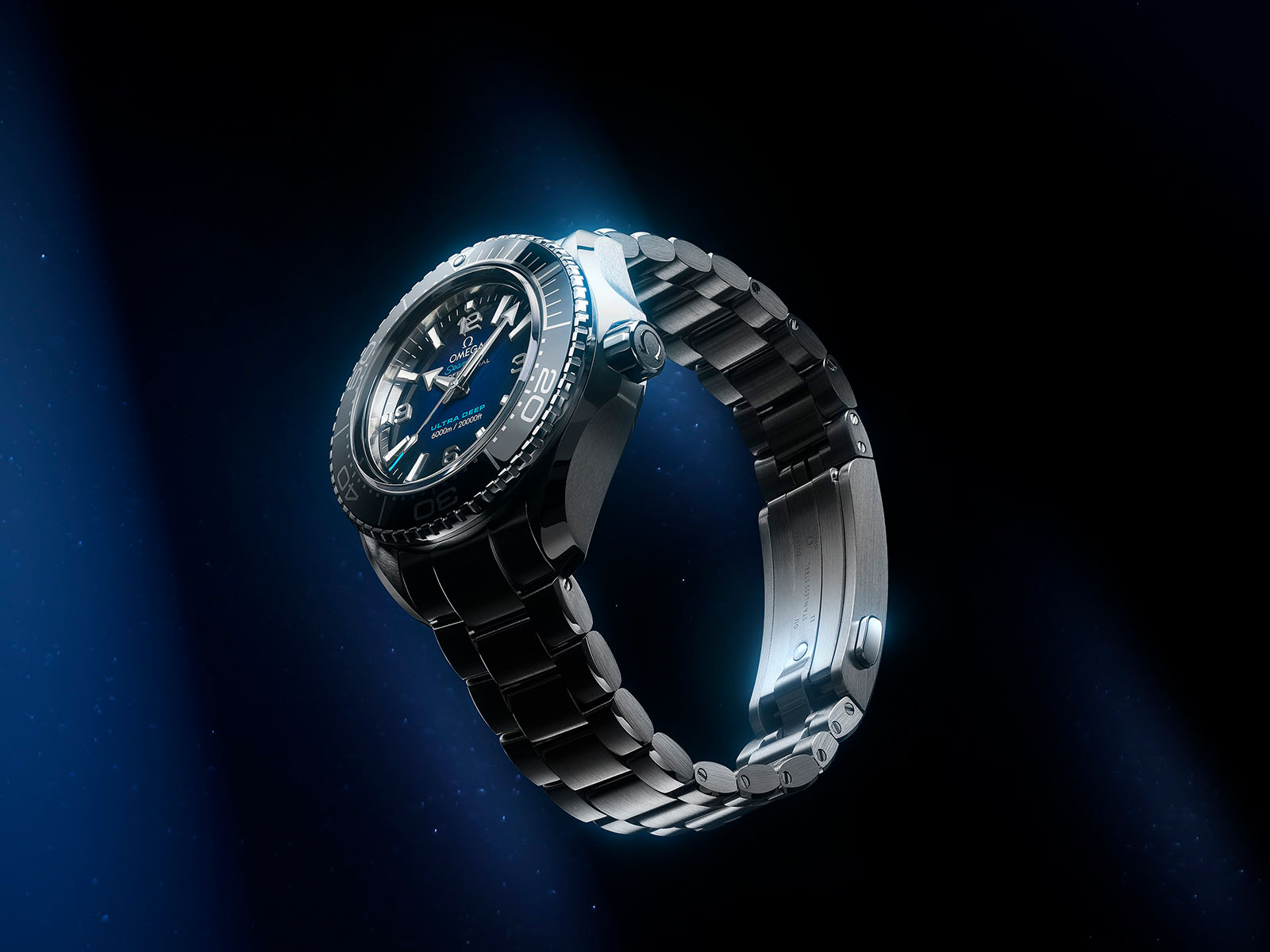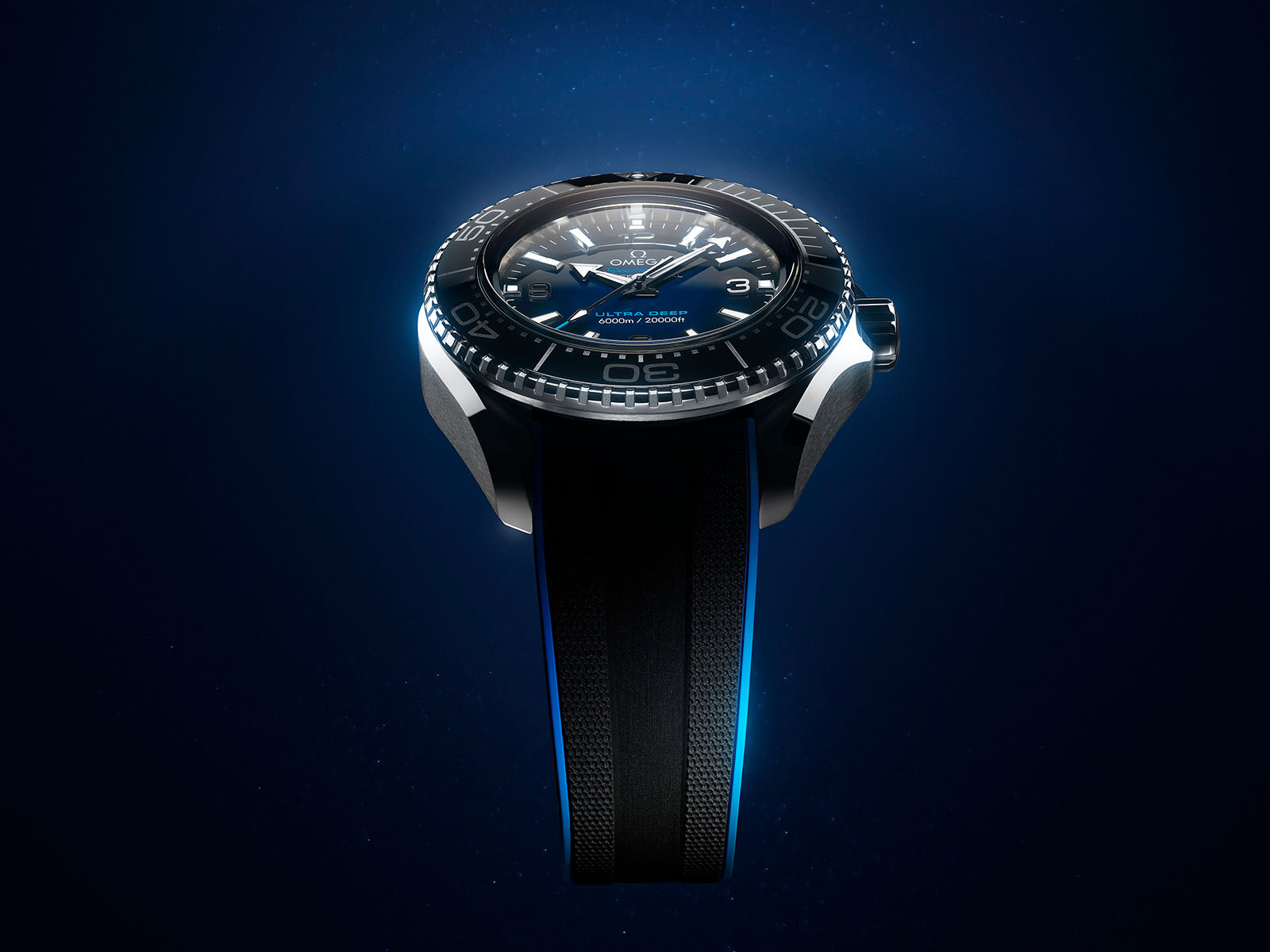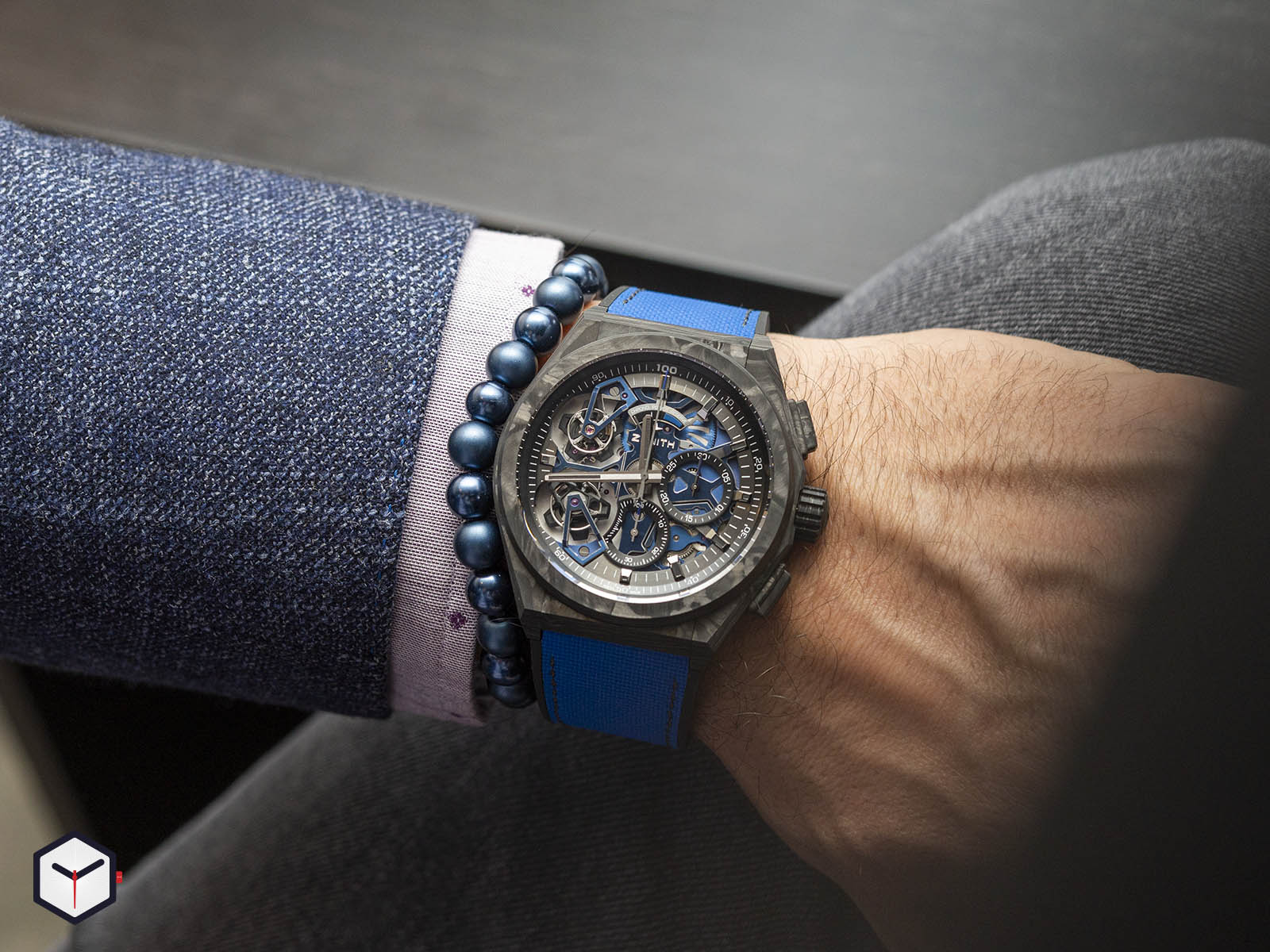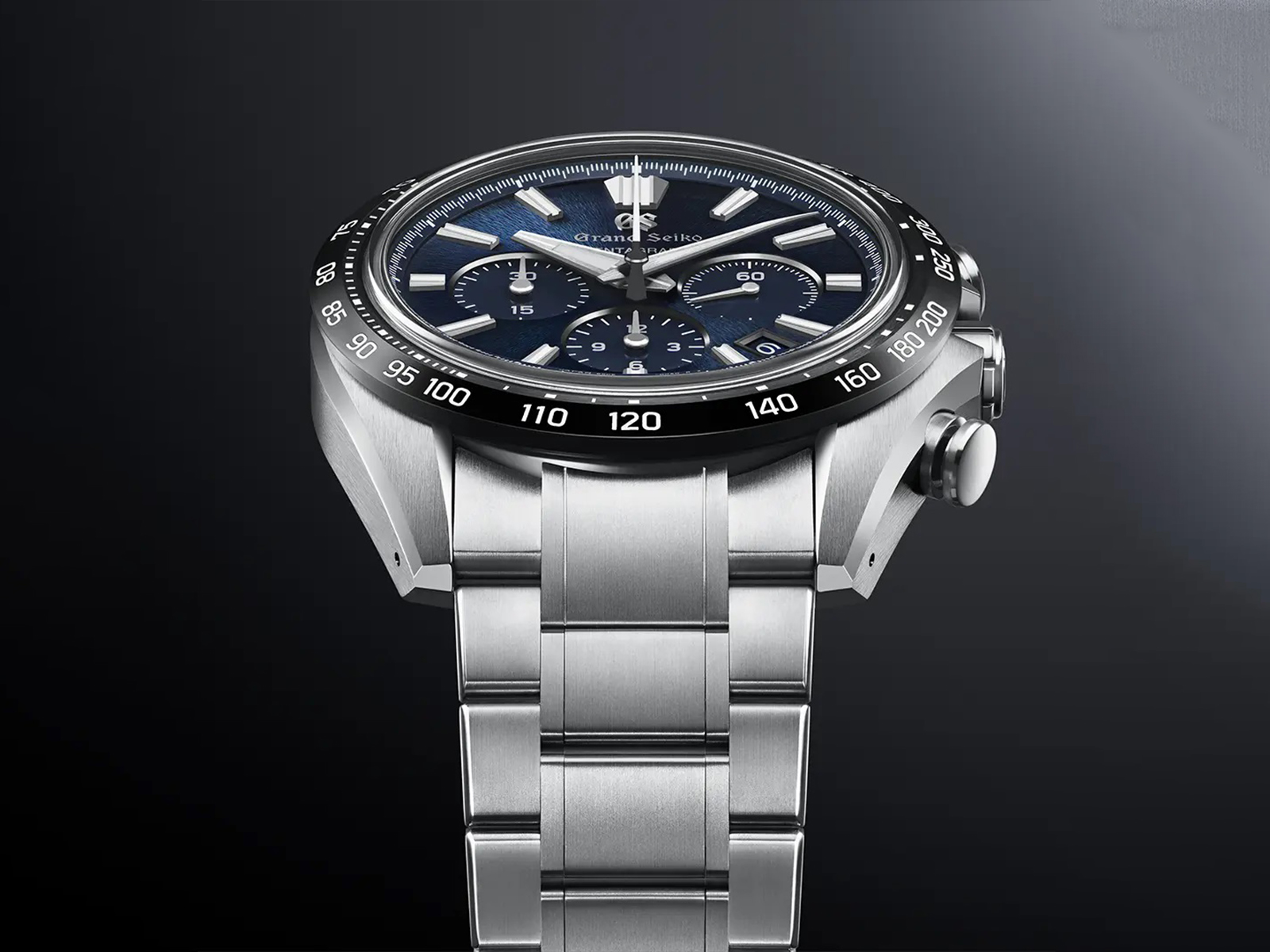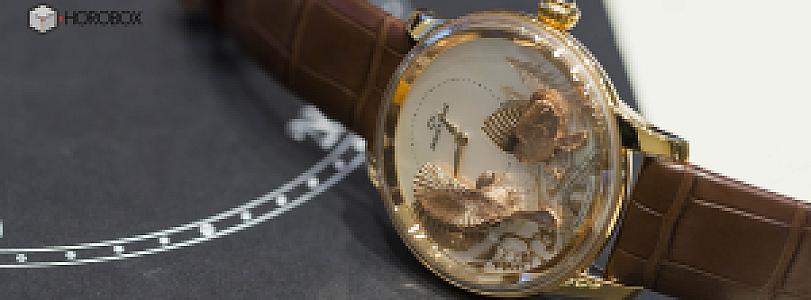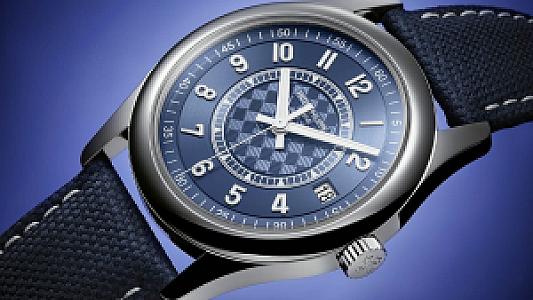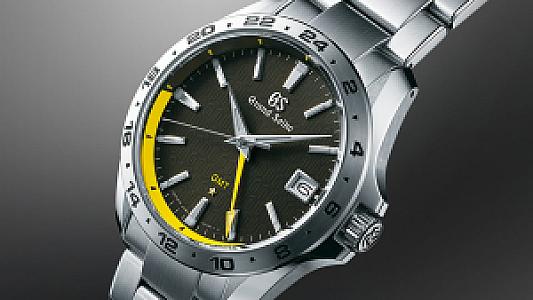Today, I will talk about the “lug-to-lug”, that is, the longitudinal distance between the two far points of a watch, which I think has not been emphasized enough, but which I believe is one of the main factors that determine the presence and comfort of a watch on the wrist.
Regardless of the case shape, watch manufacturers always share the width value of the models. When taking this measurement, the value between 3-9 o'clock or 4-10 is taken as a basis. In some cases, the stated measure may differ from the actual value. For example; such as the bezel being wider than the case or the case side form not being perfectly round. When the thickness of the crown, which is mostly placed at 3 o'clock, is added to the width of the case, you get information about how much space your watch will occupy on your wrist.
The second size information provided by the manufacturer is usually thickness. The two main factors that determine the case measurements, which vary depending on the character and the idea inspired while designing the watch, are the height of the movement and the water resistance value of the watch. Especially, thick crystals and case backs, which become obligatory when the case is required to withstand high water pressures, can cause the case height to increase considerably. Fortunately, manufacturers are taking advantage of inward tapering designs to hide the negative effects of case height and can make models appear more compact than they are.
Although the measurements shared with watch enthusiasts up to this point give “some” information about how the watch will look on the wrist, I think that the fact that the most important data is not shared causes incomplete information.
The measure, which is referred to as lug-to-lug and represents the distance between the two far points of a watch longitudinally, can give direct or indirect information about whether the watch will be big for your wrist or not. As you know, the cross-section of your wrist is in a form close to an oval. The plains on the upper and lower parts are replaced by semi-circles at the edges. This is true for almost every watch user whose body fat rate is within the healthy range. Another measurement that is as important as the wrist circumference measurement among watch enthusiasts is the length of the flat section on the upper part of your wrist because your watch is designed to sit directly on this flat area.
Lug form, thickness, and top and side angles are considered the main factors that determine how the dimensions of the watch are perceived. Therefore, I can understand that watch manufacturers do not share the lug-to-lug length directly because this measurement makes sense when interpreted together with the lug shape. On the other hand, I have a hard time understanding the reason for this lack of information, since only users with above-average knowledge and experience can make this comment. I guess the manufacturers don't want us to be judgmental and they think that trying the watches on our wrists is a more accurate way. Well, they're not wrong.
Another element, of course, is personal taste. To give an example from myself, I am one of those who want to see a part of the strap or bracelet at 12 and 6 o'clock positions when I look at my wrist from above. To put it more mathematically, the length of the watch should correspond to ¾ of my wrist length so that I don't feel like I'm wearing a watch that's too big for me. This also means that I can't wear almost any watch over 44mm. Where is my Paneristi soul, where is me admiring large pilot watches? I guess this is how tastes and preferences evolve...


